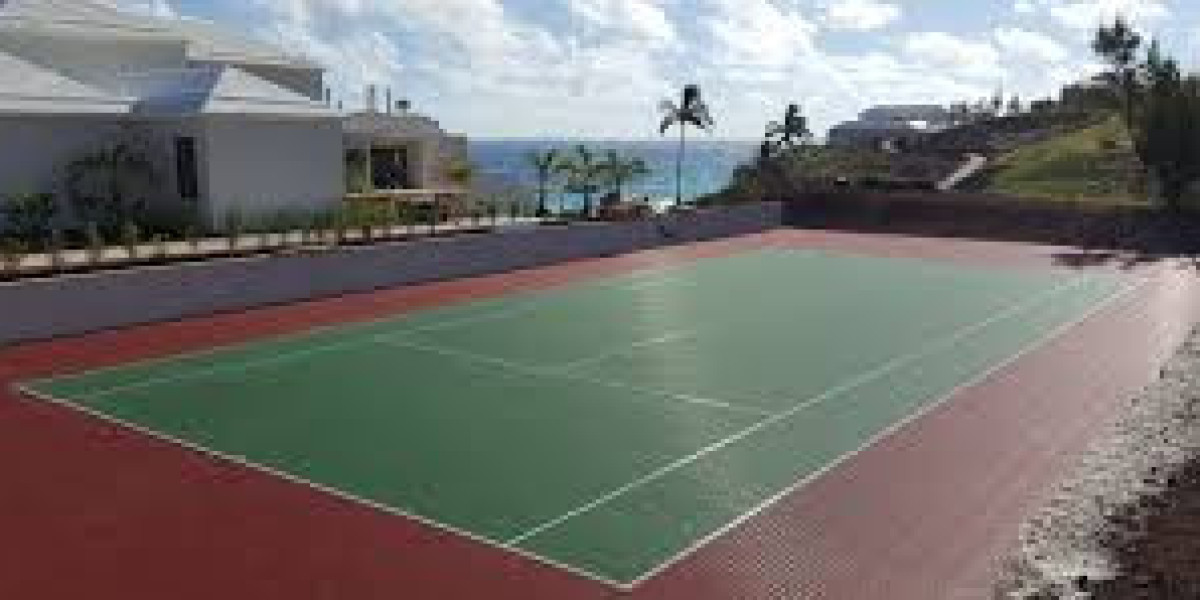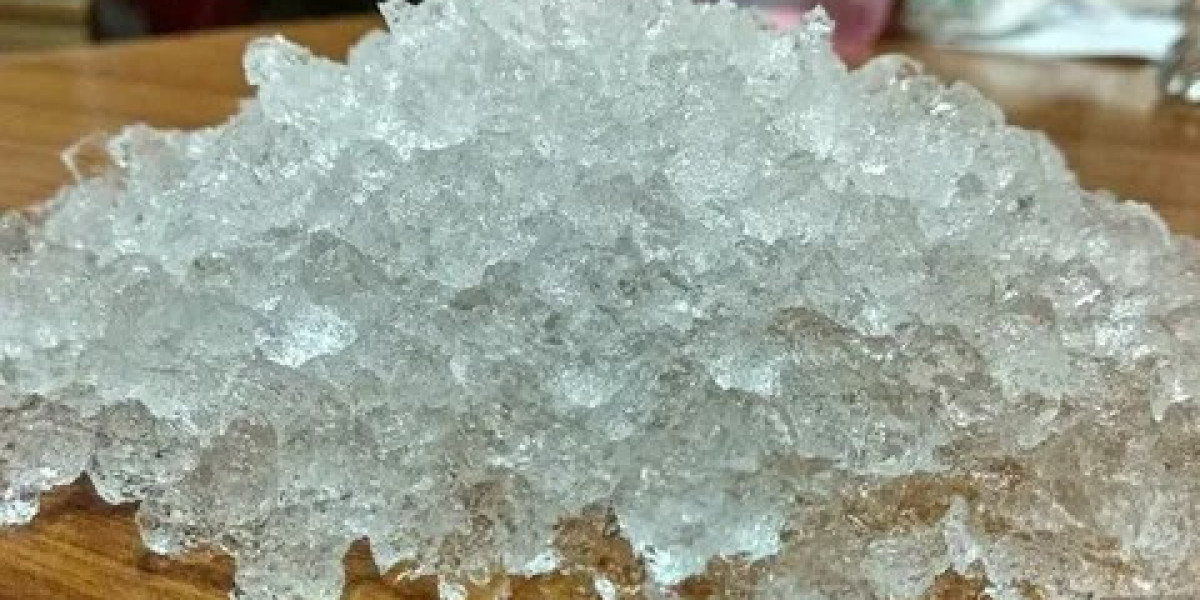When it comes to tennis, the playing surface is more than just a foundation—it’s a key factor in the way the game is played. The type of flooring impacts everything from ball bounce to player movement, not to mention the court’s maintenance needs. Whether you’re installing a court on your property, upgrading an existing one, or simply curious about the different types, this guide has you covered.
Types of Tennis Court Surfaces
Tennis courts come in a variety of surfaces, each with its own characteristics, advantages, and drawbacks. Here’s a closer look at four common types:
1. Hard Courts
Hard courts are among the most widely used surfaces, especially for public facilities and professional tournaments.
Characteristics:
- Typically made of asphalt or concrete topped with an acrylic layer for smoothness and durability.
- Provides a medium pace of play, balancing speed and ball control.
- Found at iconic tournaments like the US Open and the Australian Open.
Pros:
- Durable and weather-resistant, requiring less frequent repairs.
- Offers consistent ball bounce that suits a wide range of playing styles.
- Relatively low maintenance compared to alternatives like grass.
Cons:
- Harder on players' joints due to the unforgiving surface.
- Can develop cracks over time, especially in regions with extreme temperature changes.
Maintenance:
- Regular sweeping to remove dust and debris.
- Occasional pressure washing and crack sealing.
- Recoating every 5–10 years to maintain performance and aesthetics.
2. Clay Courts
Clay courts, made of crushed brick, shale, or stone, are a favorite in Europe and South America.
Characteristics:
- Known for slower-paced gameplay with higher ball bounce.
- Associated with prestigious tournaments like the French Open.
Pros:
- Encourages longer rallies, favoring strategic players.
- Softer surface reduces stress on joints compared to hard courts.
- Offers effective slide mechanics, a skill many players enjoy.
Cons:
- High maintenance requirements and susceptibility to weather.
- Not ideal for regions prone to heavy rains or freezing temperatures.
Maintenance:
- Requires daily brushing to level the court and remove scuff marks.
- Watering to keep the surface intact and prevent dust formation.
- Regular replacement of the top layer of clay.
3. Grass Courts
The traditional surface of tennis, grass courts, are most famously associated with Wimbledon.
Characteristics:
- Made from natural grass grown on a tightly packed layer of soil.
- Known for fast-paced play and lower ball bounce.
Pros:
- Creates a soft, forgiving playing surface.
- Encourages serve-and-volley gameplay due to its speed.
- Produces a classic and elegant aesthetic.
Cons:
- Expensive to install and maintain.
- Requires consistent care to avoid uneven patches.
- Highly dependent on weather conditions for optimal performance.
Maintenance:
- Frequent mowing to maintain a smooth, short playing surface.
- Watering and fertilizing to keep grass in healthy condition.
- Rolling to ensure evenness and minimize irregular bounces.
4. Artificial Turf
Designed as a low-maintenance alternative to natural grass, artificial turf is gaining popularity for recreational and club use.
Characteristics:
- Made from synthetic fibers that mimic the look and feel of grass.
- Often combined with infill materials like rubber or sand for added cushioning.
Pros:
- Minimal maintenance compared to grass courts.
- Durable and weather-resistant, performing well in different climates.
- Provides consistent playing conditions year-round.
Cons:
- Can get hot in direct sunlight, affecting player comfort.
- May cause a faster ball speed, which can be challenging for some players.
Maintenance:
- Regular brushing to prevent matting and redistribute infill.
- Occasional cleaning to remove debris and maintain hygiene.
- Ensuring proper drainage to prevent water buildup after rain.
Choosing the Right Surface
The right surface depends on a variety of factors. Here are some key considerations:
- Climate
- If you live in a rainy area, hard courts or artificial turf may offer the best weather resistance.
- Warm, sunny climates are ideal for clay and grass courts, but artificial turf remains a versatile option for all weather.
- Usage
- For recreational use and varied skill levels, hard courts provide balanced gameplay.
- Competitive players might prefer clay or grass to refine specific techniques.
- Artificial turf works well in multi-purpose sports facilities.
- Budget
- Hard courts and artificial turf offer lower installation and maintenance costs.
- Grass and clay courts are more expensive to maintain but can offer prestige and charm if budget permits.
Tips for Installing or Upgrading a Tennis Court
Installing or improving a tennis court is a big investment, so approach it with thorough planning. Here are a few actionable tips:
- Consult Professionals: Work with experienced contractors familiar with tennis court construction to ensure proper surface selection and installation.
- Plan for Drainage: Prevent costly repairs by ensuring the court has adequate drainage. Standing water can degrade almost any surface, especially clay and hard courts.
- Utilize Protective Coatings: Hard and artificial turf courts can benefit from UV-resistant coatings to enhance longevity.
- Factor in Maintenance Costs: Include ongoing upkeep in your budget to ensure your court looks and performs well for years to come.
Final Thoughts
Tennis court flooring is more than a place to play—it shapes the game experience, player performance, and ongoing upkeep. Whether you prioritize easy maintenance, cost efficiency, or a specific style of gameplay, there’s a court type to suit your needs. With careful planning tailored to your climate, usage, and budget, you can create a court that provides years of enjoyment.



